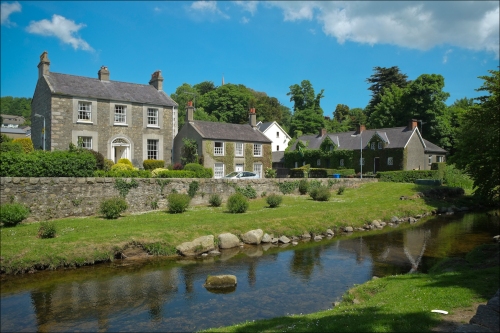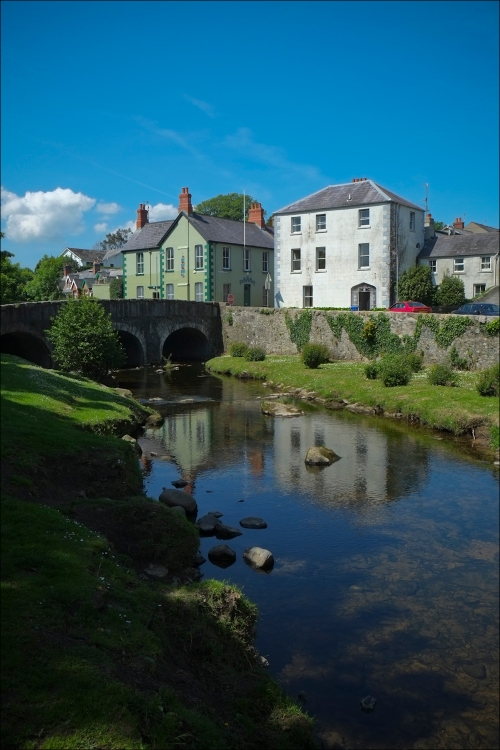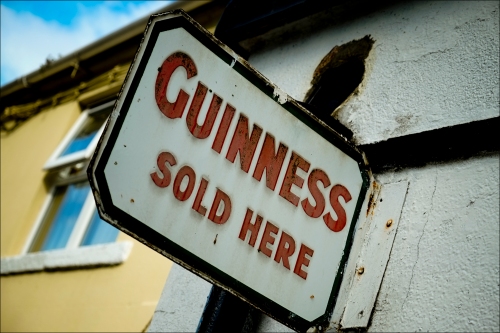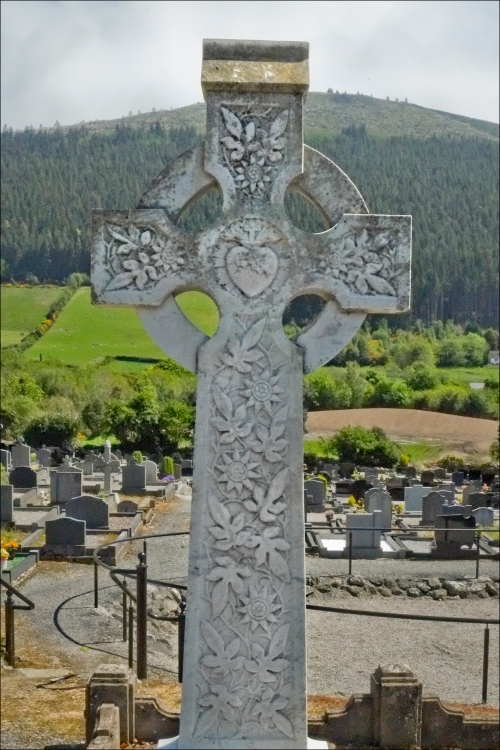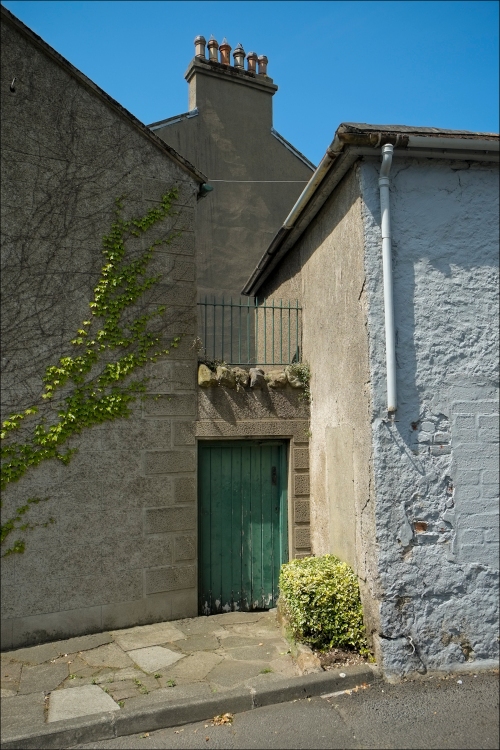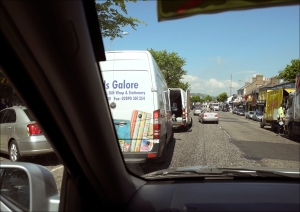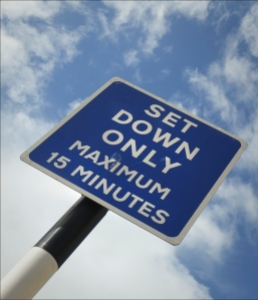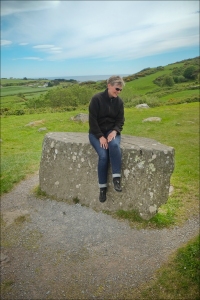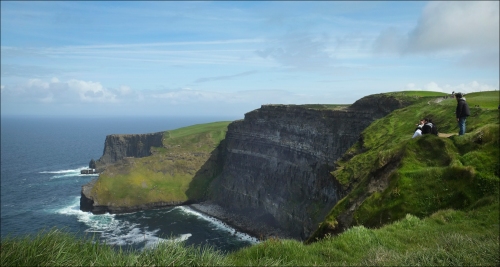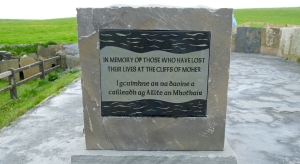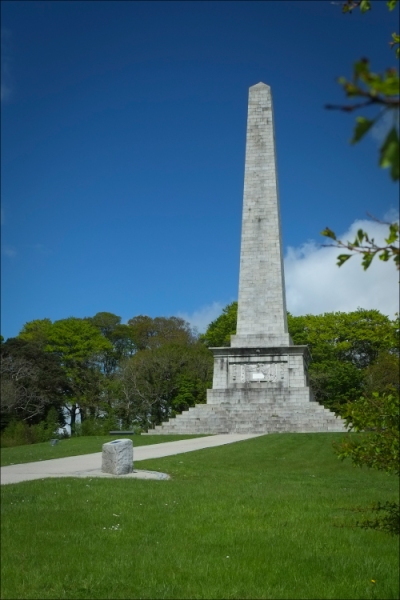We were so pleased with our English National Trust cards that we looked for an Irish equivalent and discovered the OPW, Office of Public Works. The OPW handles over 100 heritage properties in Ireland and the cards, at 16 euros each, is the bargain of the century. It’s true that we may very well be crass American self promoters, but we had to tell them that Office of Public Works is probably not the most promotion savvy name they could have chosen.
Springhill House
Col. George Lenox served in the Irish Volunteers but, after being betrayed by Lord Castlereagh, resigned his commission in disgrace in 1816. As a result of this, combined with his depressive nature, he committed suicide later that year. His wife Olivia is said to haunt the house to this day and is Ireland’s most documented ghost.
-

-
Springhill House
-

-
Stables with Dutch gables
-

-
Courtyard at Springhill House
-

-
Courtyard at Springhill House
-

-
Courtyard at Springhill House
-

-
William Conyngham II and Ann Upton
-

-
Sitting Room at Springhill House
-

-
Wooded path at Springhill House
-

-
Springhill House
Emo Court
Built in 1790 for John Dawson, the first Earl of Portarlington. The Earl died before it’s completion and it has passed through many hands until the outbreak of the First World War in 1914 when the family left for England. It remained unoccupied until 1930 when the house was acquired by the Jesuits. One of the first priests to live here was Father Francis Browne, best known as a brilliant photographer who left behind a definitive record of Irish life during the first half of the 20th century.
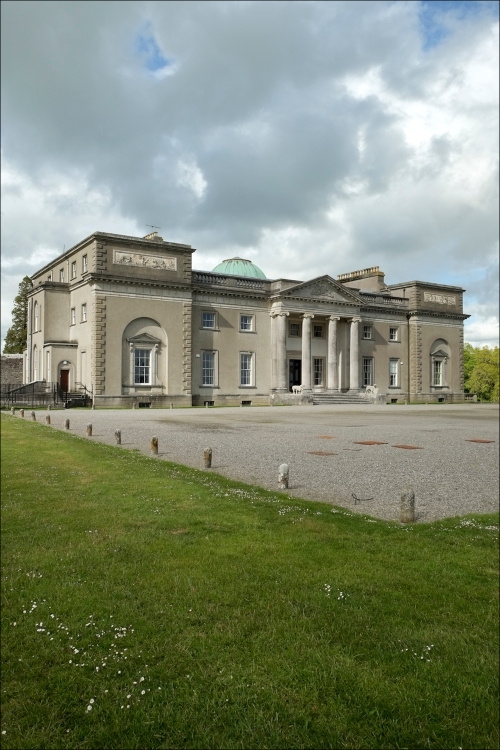
Emo Court
Barryscourt Castle
This site has been occupied for over a thousand years. The tower fortress was the home to the Anglo-Norman de Barry family from the 12th century. It may look lovely in the sunshine but to call it a home is a real stretch. It’s primary function was safety not comfort. It was intentionally designed to be very difficult to get in and out of with only one small door, narrow, steep and uneven stone stairways, murder holes and a very nasty little dungeon. It was crowded, damp, smelly, dirty, smokey, drafty and very cold.
-

-
Barryscourt
-

-
Barryscourt
-

-
Barryscourt
Trim Castle
A large Fortress Tower Castle that’s most recent claim to fame is as a location for Braveheart.
-

-
The gatehouse at Trim Castle
-

-
Trim Castle
-

-
Trim Castle
-

-
The view from Trim Castle
Castletown
William Conolly, Speaker of the Irish House of Commons and a Commissioner of the Revenue, was the wealthiest man in Ireland in 1694 when he married Katherine Conyngham. They built Castletown together and William specified that every part had to be made from Irish materials, a fact that would save the property from Nationalist firebombs during the war for independence. Unfortunately William died in 1729, the same the year the house was finished, and never got to enjoy it. But Katherine sure did. She remained in Castletown until her death in 1754 and in order to retain her previous social status after William’s death, she began to spend money at a staggering pace. The parties and drinking were legendary. The combined brewing and vintner bills averaged approximately 600 pounds a year, about $60,000 in today’s money. Katherine, not willing to turn her fortune over to a new man, never remarried. Society ladies criticized her for riding her carriage through the countryside, “too fast and with numerous young men”.
-

-
Castletown House was Ireland’s first winged Palladian home.
-

-
18th century Italian chandeliers.
-

-
Wooded path.
-

-
550 acre estate
Kilkenny
We really loved Kilkenny. One of the most vibrant and interesting cities we visited. The Kilkenny Castle and the Art & Design Center create a wonderful cultural hub.
-

-
Kilkenny Castle
-

-
Kilkenny Design Center
-

-
New Building Lane
-

-
Smithwick Brewery
-

-
Public Notice.
-

-
Market Slip
-

-
Irishtown area near Black Abbey Lane.
-

-
Classic pubs are everywhere.
-

-
Elvis’ spiritual home
-

-
I have no idea what it says!
-

-
Kilkenny Castle
Muchross House
One of Ireland’s premier Tudor style mansions, Muckross House was built in 1843 for Henry Arthur Herbert and his wife, the excellent watercolourist Mary Balfour Herbert. Extensive and hugely expensive improvements were undertaken in the 1850s in preparation for the visit of Queen Victoria in 1861. The Herberts were gambling that the Queen would give him a peerage that would correct his failing fortunes. When the Queen returned to London, Prince Albert died, and she quickly forgot all about the Herberts. The cost of these improvements aggravated the Herbert’s financial difficulties and resulted in the sale of the estate.
-

-
Muckross House
-

-
Muckross House
-

-
Muckross House
-

-
View From Muckross House
-

-
View From Muckross House
Aughnanure Castle
This fine example of an Irish Tower Fortress was the family home of Donal O’Flaherty who in 1546 married Grace O’Malley. After Donal’s murder, Grace fled to the family island of St. Claire off the western coast of Ireland and began a lifelong career as the 16th century’s most notorious pirate.
-

-
Aughnanure Castle
-

-
Aughnanure Castle
-

-
Horses At Aughnanure Castle
-

-
Horses At Aughnanure Castle
Tintern Abbey
The present-day remains of Tintern are a mixture of building works covering a 400-year period between 1136 and 1536. In the reign of King Henry VIII, his Dissolution of the Monasteries ended monastic life in England and Wales. On 3 September 1536 Abbot Wyche surrendered Tintern Abbey and the valuables from the Abbey were sent to the royal Treasury. Lead from the roof was sold and the decay of the buildings began.
-

-
Tintern Abbey
-

-
Tintern Abbey
-

-
Tintern Abbey
-

-
View From Tintern Abbey
-

-
Footbridge At Tintern Abbey
-

-
Wooded Path At Tintern Abbey
Drombeg Stone Circle
Also known as the Druid’s Altar, the site was excavated and restored in 1958. A pot was discovered containing the cremated remains of a young adolescent dating from 945 – 830 BC.
-

-
Drombeg Stone Circle
-

-
View from Drombeg Stone Circle
-

-
View from Drombeg Stone Circle
-

-
View from Drombeg Stone Circle
-

-
Drombeg Stone Circle
Hook Head Lighthouse
Hook Head, the oldest lighthouse in Ireland, is said to have found its way into common English usage in the expression “By Hook or by Crook.” It is claimed that Oliver Cromwell vowed to take Waterford by Hook (on the Wexford side of the estuary) or by Crook (a village on the Waterford side).
-

-
Hook Head Anchor
-

-
Hook Head Anchor
-

-
Hook Head Anchor
-

-
Hook Head Anchor
Castletownbere
Castletownbere Harbour was developed as the major fishing port on the Beara Peninsula. Although, like many small communities, Castletownbere has been hit hard by the economic downturn.
-

-
TallonRd
-

-
Grumpy Mama
-

-
Murphy’s Salon
-

-
Murphy’s Barber Shop
-

-
Seaview Bar
-

-
I Have No Idea
-

-
Castletownbere
-

-
Castletownbere
-

-
Silver Dollar Bar
-

-
These Wee Folk Are Everywhere.
-

-
Mary Rose
Besides the usually smattering of imigrants, there appear to be three major clans in Castletownbere, the O’Sheas, the O’Sullivans and the Murphys. The Murphys are by far the most prodigious. There is Murphy’s Funeral Home, Murphy’s Boat Hauling, Murphy’s Fishing, Murphy’s Restaurant, Murphy’s Pub, Murphy’s Fish & Chips, Murphy’s Florist, Murphy’s Party Supplies, Murphy’s Gift Shop and, of course, Murphy’s Irish Stout.
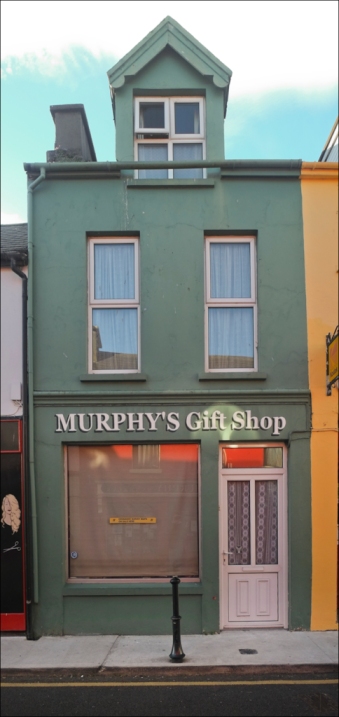
Murphy’s Gift Shop
Donegal Castle
The elder Sir Hugh O’Donnell, wealthy chief of the O’Donnell clan, built the castle in 1474. In 1607, after the Nine Years war the leaders of the O’Donnell clan left Ireland in the Flight of the Earls. In 1611 the castle and its lands were granted to an English Captain, Basil Brooke. The keep had been severely damaged by the departing O’Donnells to prevent the castle being used against the Gaelic clans.
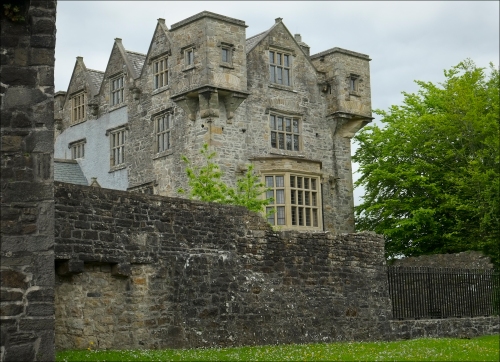
Donegal Castle


